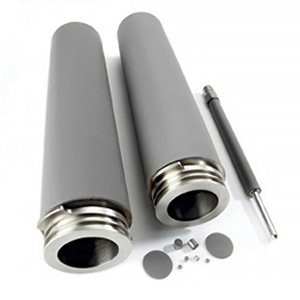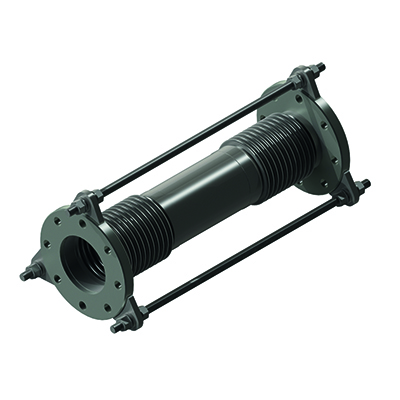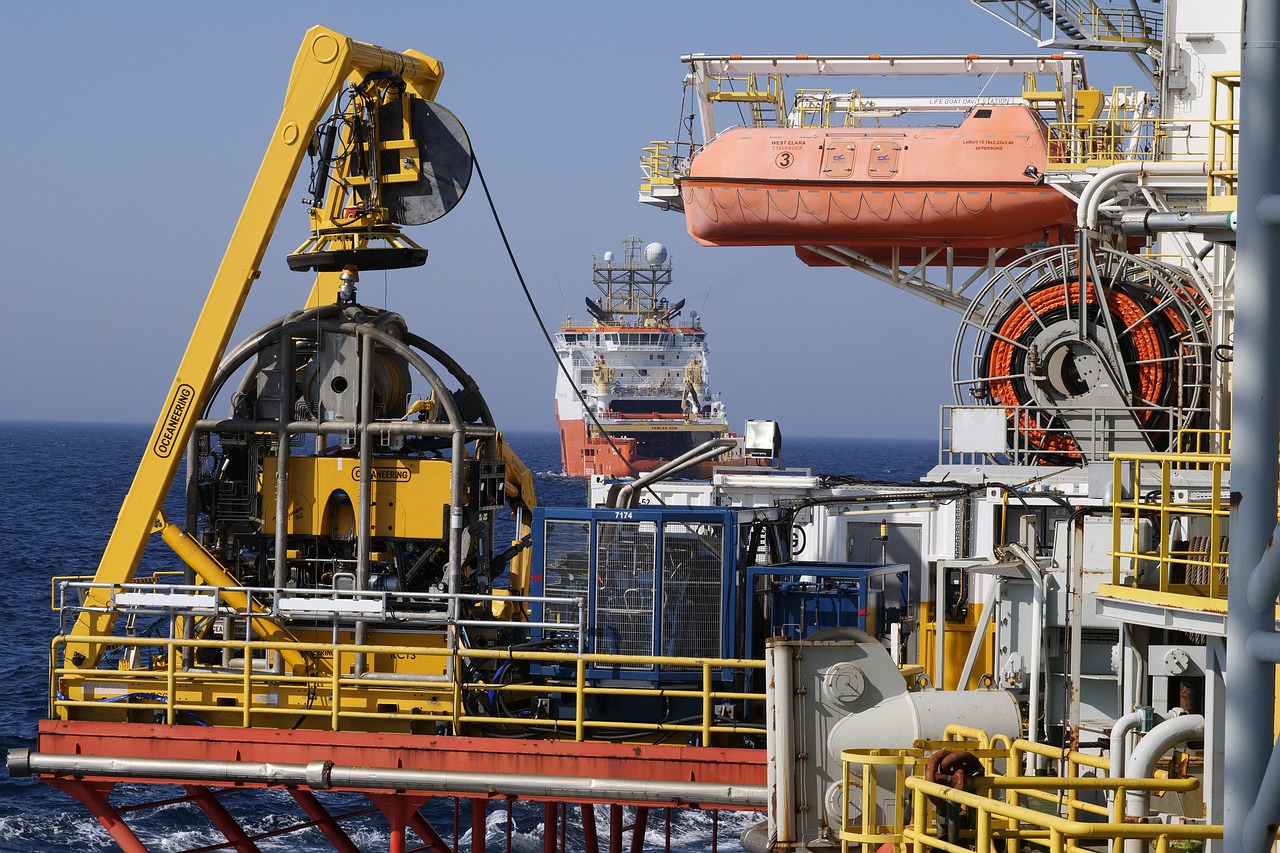
Hydrogen Supply Chain
Hydrogen (H2) is more relevant today than ever. The impact that (green) hydrogen will have on both industry and consumers is enormous, but many puzzle pieces are still needed before the ambitious plans for the implementation of hydrogen can be achieved. BÈTA industrie is market leader in providing solutions for the process filtration of hydrogen and related liquids and gases, and as such helps to bring these ambitions to life. To better understand these different flows, we take a deeper dive into the world of hydrogen, starting with the hydrogen supply chain as a whole.
The hydrogen supply chain includes all the steps required to make hydrogen a viable energy carrier and raw material, from generation, to transport, to use. Depending on the techniques and applications, this chain can be closed-loop, so that the requirements of the circular economy can be met. Although hydrogen can be found in pure form, for example in deep underground reservoirs in France and the United States, its extraction is difficult and expensive, resulting in hydrogen mainly being created from various sources instead.
Traditionally, this is done from natural gas (CH4), in a process called Steam Methane Reforming (SMR). Hydrogen from this production method is referred to as gray hydrogen, and can also be converted into blue hydrogen by capturing CO2 from the process. Because this process is environmentally harmful, and natural gas is a finite resource, this is not a scalable technology for the future. Instead, green hydrogen is on the rise, whereby water (H2O) is converted from sustainable energy into hydrogen and oxygen (O2) via electrolysis. Other hydrogen sources and designations are coal (brown), natural (white), nuclear energy (pink), and from pyrolysis (turquoise).
Transport of hydrogen can take place as a gas, both in pure form and mixed with, for example, natural gas or carbon monoxide (CO). At the moment, this transport still often takes place via pressurized canisters, which can be transported in bulk via tube trailers. Given the scale-up of the demand for hydrogen, however, a lot of effort is being put into constructing new or converting existing gas pipelines to be able to supply hydrogen throughout Europe. For overseas transport and long-term storage, there is also a lot of investment in hydrogen carriers such as ammonia (NH3), Liquid Organic Hydrogen Carriers (LOHCs) and sodium borohydride (NaBH4). These carriers do require additional steps to bind hydrogen and to decompose it again later for use.
Hydrogen has various applications in use, with the greatest market demand at the moment coming from the production of ammonia, mainly for fertilizer. In addition, hydrogen plays an important role in refineries and steel production. However, the greatest growth lies with the transport and energy sector, where hydrogen can be converted back into water by means of fuel cells, releasing energy in the process. In Fuel Cell Electric Vehicles (FCEVs), cars, buses, trucks and even boats can be powered in this manner. The same technology can be used on a large scale to provide energy for industrial or consumer use, where hydrogen can act as an energy carrier or buffer.
Each step in the hydrogen chain brings its own requirements and challenges. BÈTA industry is happy to advise on the most suitable solutions for process filtration in these various applications.
- Disclaimer
- Sitemap
- Links
- © BÈTA industrie 2025. All rights reserved.






